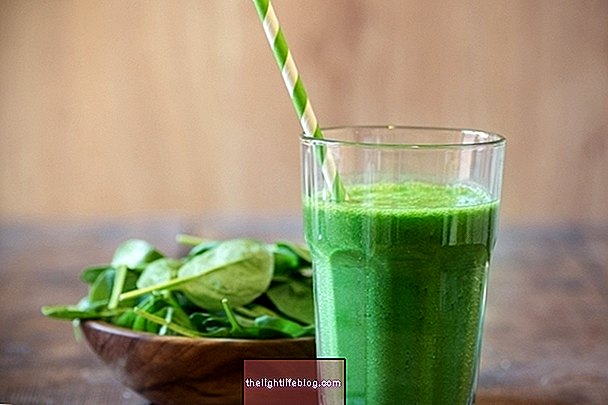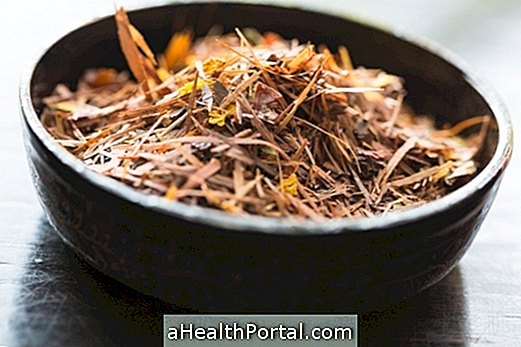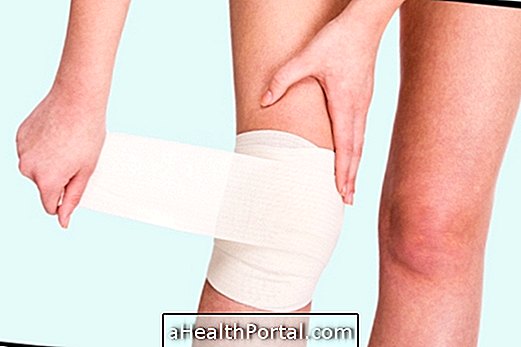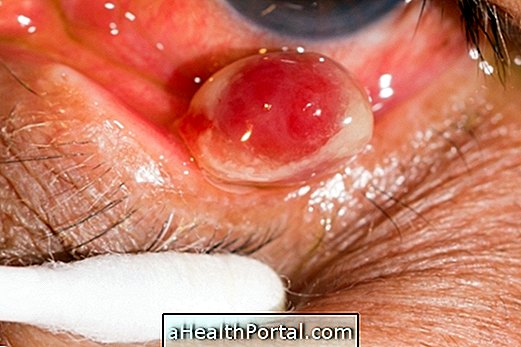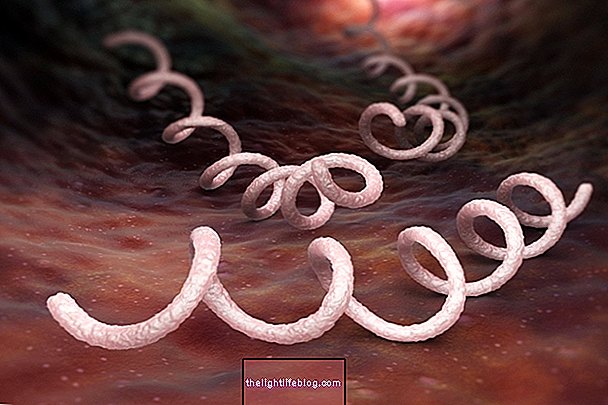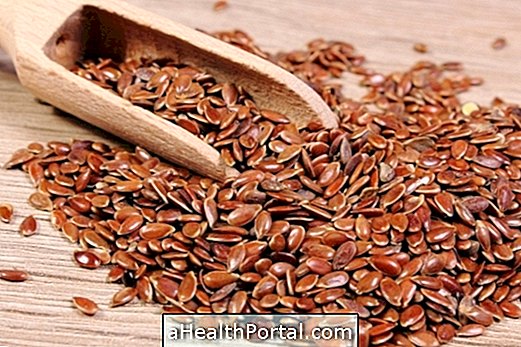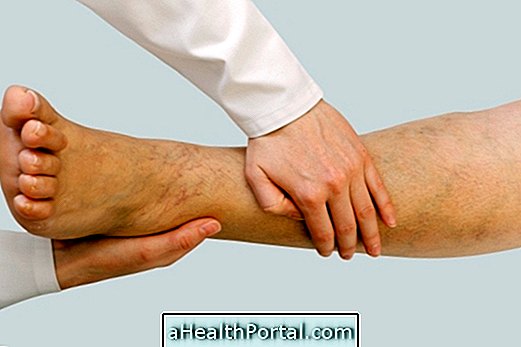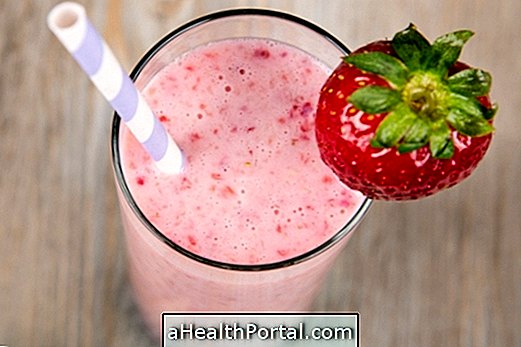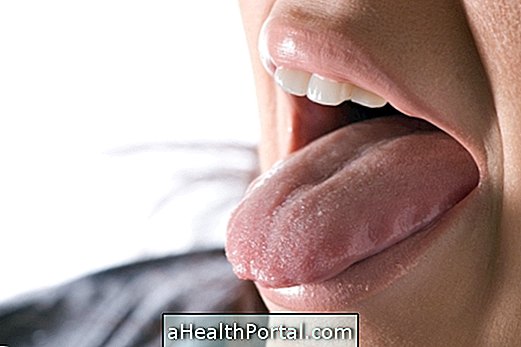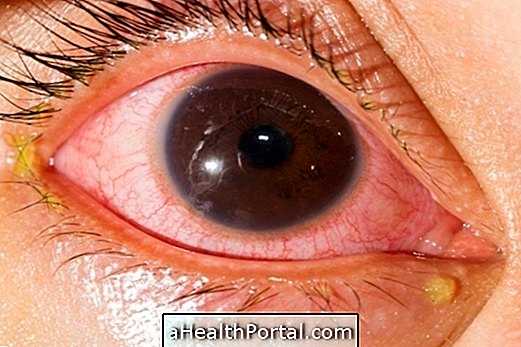To clarify facial blemishes caused by pregnancy, acne, melasma or sun damage, home-made tricks, remedies, ointments, creams or cosmetic treatments can be used.
Usually recent blemishes are easier to lighten with simple products that are purchased at the pharmacy like creams and lotions that have bleaching action, like muriel, but when it comes to a spot that has been on the skin for more than 1 year, it may be necessary to resort to more specific formulations containing hydroquinone or acids, and which should be used with indication of the dermatologist.
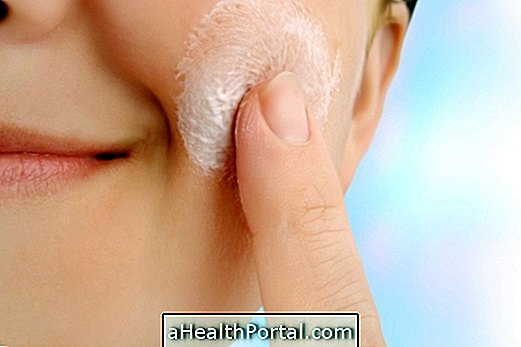
Products to take out recent blotches on the face
As soon as dark spots appear on the face caused by the sun, acne or a burn, what you can do is bet on products such as:
- Milk of roses or cologne: when it comes to spots of pimples. These lotions clean and disinfect the skin, drying the pimples, as a consequence, it is common for the skin to have a more uniform tone;
- Muriel whitening lotion: best suited for dark spots caused by sunburn or chickenpox and can be used daily for good results. In addition to the lotion, there is the muriel cream that also clears the skin but has a greasy composition and should not be used on the face of people with acne.
The minancora and cicatricure ointments do not lighten the skin but help in healing and as a consequence the wound as it leaves without relief, uniform and closer to the tone of the person's skin.
Although hydrogen peroxide and baking soda are widely used to treat facial blemishes, its use is not recommended by dermatologists because it causes skin irritation that seems to clear it only temporarily, turning dark again after this period.
Products to take away old face stains
When dark spots on the face are older, being present for more than 1 year, other, more specific products may be used, indicated by the dermatologist. Some great choices of remedies, ointments and creams to combat stains and even skin tone include:
- Hormoskin;
- Hydroquinone;
- Retinoic acid or kojic acid;
- Vitanol-A;
- Klassis;
- Hidropeek.
These products should only be used under the guidance of the dermatologist, because when used improperly they can aggravate the stain. It is usually indicated to apply the product 1 or 2 times a day exactly at the spot of the spot, after cleaning and toning the face. When the person still has pimples and blackheads on the skin it is also essential to control the oiliness of the skin, so other products may be indicated to dry the pimples.
Skin cleansing by the beautician is an excellent ally in the control of pimples and to combat skin blemishes. It is recommended to do at least 1 deep skin cleansing per month for 3 months and then evaluate its benefits. Daily skin care still includes antiseptic soap, cleansing milk, facial tonic, and moisturizing gel with sun protection factor.
Homemade ways to get facial stains
A great home treatment to remove facial patches caused by pimples is to clean the skin daily with milk of roses, which can be bought in pharmacies or drugstores, and that helps keep the skin free of bacteria and has anti-inflammatory and astringent action, which helps in the fight against acne, being a coadjuvant to lighten the skin.
Applying facial masks at home is also a good option to whiten facial stains. Some good examples are the cucumber, tomato or egg white masks. Simply apply the preferred ingredient directly onto the stained area and let it act for approximately 15 minutes, then rinse. See another recipe for an excellent home remedy for skin spots with cucumber and mint.
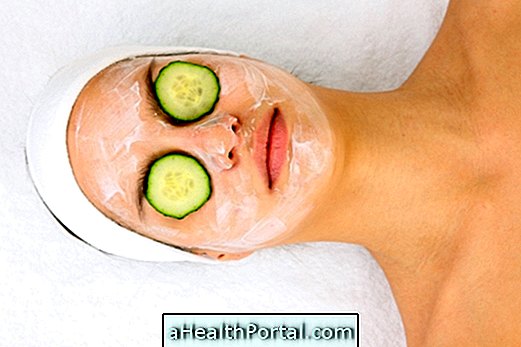
Homemade mask to lighten the skin
A great mask to end skin blemishes caused by pimples is that of rose milk with ground almonds because it has whitening properties.
Ingredients
- 2 teaspoons ground almonds;
- 1 teaspoon milk of roses;
- 5 drops of palm oil essential oil;
- 1 teaspoon of honey.
Method of preparation
In a bowl mix all ingredients well until a uniform paste is formed.
Then wash your face with warm water and soap, dry and apply the mask all over the area leaving it to act for 20 minutes. To remove the mask use a piece of cotton wool soaked in the milk of roses.
Treatments to lighten the face
Aesthetic treatments are usually recommended for darker or harder to remove stains that have not responded well to previous treatments, such as sunburn or lemon blemishes, or when a person has many spots on the skin caused by sun or pregnancy, for example. Some examples of these treatments are:
- Acid peeling: Acids are applied to the skin for a few seconds, which are then removed with water and the result is the peeling of the outermost layer of the skin. With this, the body is forced to produce a new layer of skin, eliminating stains and scars. However it can not be done during active acne.
- Treatment with laser or pulsed light: they are applied by the physiotherapist and act on the melanocytes, unifying the tone of the skin.
- Microdermabrasion: consists of exfoliating with appliances that 'squeeze' the skin by removing the outermost layer, and are very useful for taking small spots on the skin, very superficial.
- Micro-irritation with dermaroller: a treatment made with a roller full of needles that pierce the skin, with a depth of 0.3 to 1 millimeter, which stimulates collagen and the formation of a new skin layer, being a good option for deeper spots, it is also excellent for renewing the skin and removing acne scars.
These treatments generally achieve great results but must be performed by qualified professionals to ensure the integrity and beauty of the skin. See the following video for some photos and how to treat other types of skin blemishes:

How to prevent stains on the face
To prevent the appearance of new spots on the face or any other part of the body, it is recommended some daily care, such as:
- Do not squeeze blackheads and pimples;
- Do not expose yourself to the sun after using lemon;
- Always clean, tone and moisturize the skin daily, using products specific to your skin type.
In addition, it is very important to use a sunscreen daily, even on cloudy days, as the sun's rays increase the production of melanin, which is responsible for the pigmentation of the skin. In women, it is common for hormonal control to make dark spots appear on the face, so if dark patches insist on appearing even with all such care, a consultation with a gynecologist is recommended because situations such as myoma or polycystic ovaries may be causing spots on the skin.

